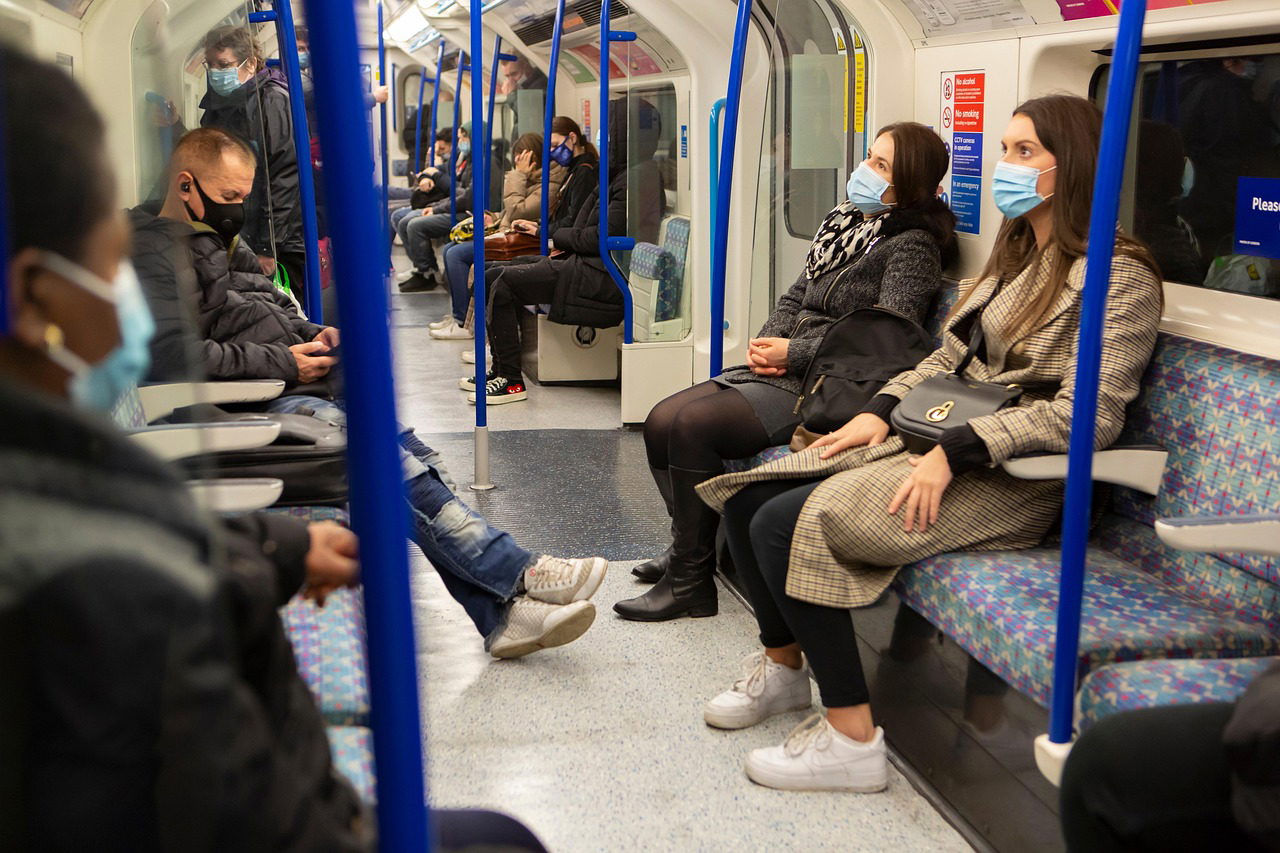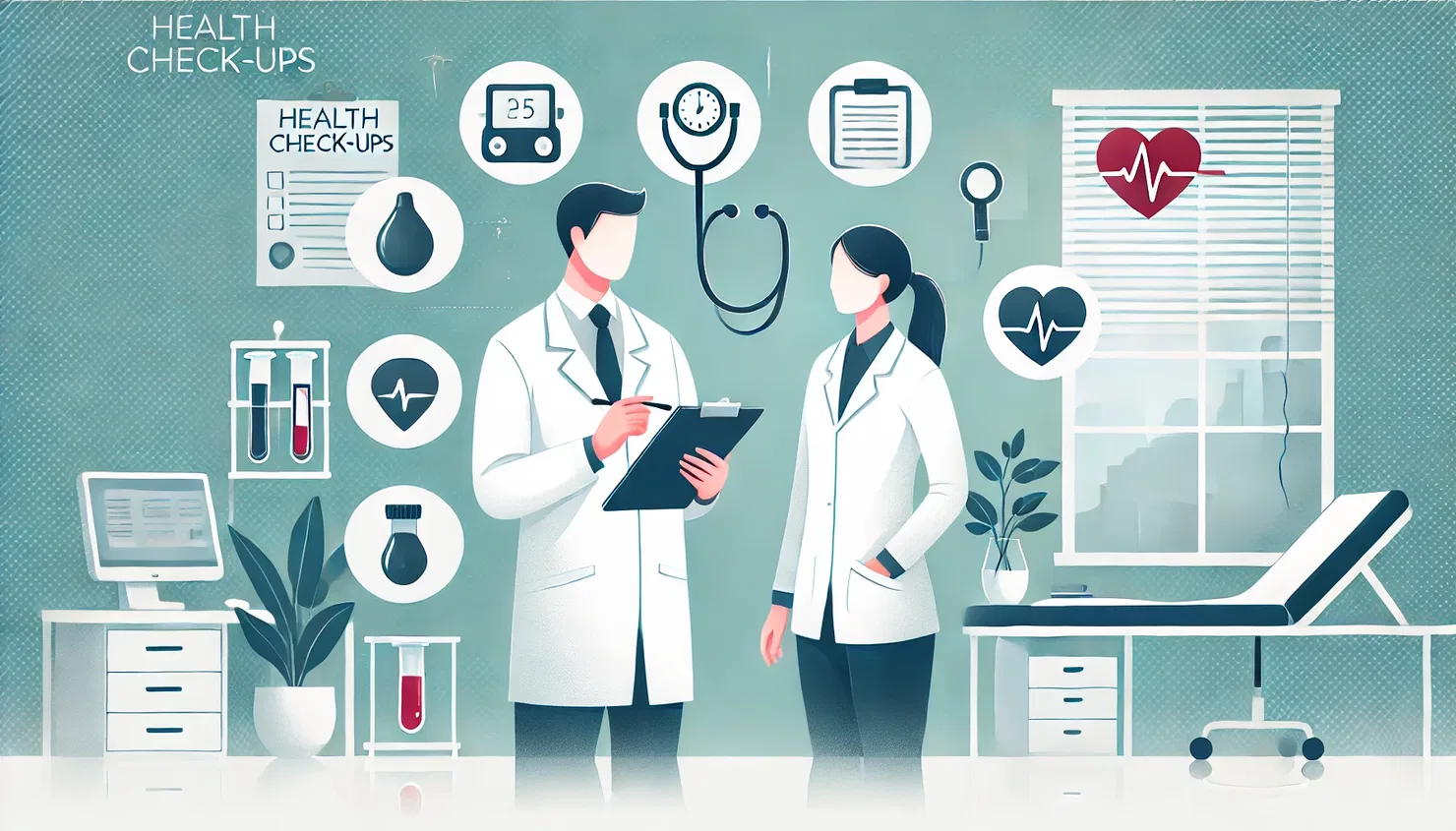All day, every day, people come and go to and from places, using public transportation. Over a month of living in Rome, I’ve come to realize that Italy has an extensive and well-developed network of trains, buses, trams, and metro systems that make it easy for both locals and visitors to get around. As a college student, I am grateful for public transportation because of its cost effectiveness and convenience. However, constantly utilizing buses and trains allowed me to see firsthand how dirty the seats, poles, and floors were. I observed people coughing, sneezing, and touching all surfaces without even realizing that my own health was at stake.
Do you think the driver, or someone comes in and cleans the seats, handles, and doors throughout the day? The answer is simple, no.
Public transportation is a lifeline for many, but it is also a breeding ground for germs and bacteria. There are thousands of passengers cycling through daily, touching the same surfaces, coughing, and sneezing in shared spaces, buses, trains, and subways. With that being said, we can see how these places become hotspots for illness if not properly maintained.
The Hidden Dangers of Poor Sanitation
Surfaces on public transportation like handrails, poles, seats, and buttons are touched by hundreds of people within a short time. Studies have shown that bacteria and viruses, including the flu and even COVID-19, can survive on these surfaces for hours or even days. Without regular cleaning, these germs accumulate, increasing the risk of infections spreading among passengers.
Aside from contagious diseases, lack of proper sanitation also leads to odors, pest infestations, and a generally unwelcoming atmosphere. This not only affects the health of the people using public transportation but also discourages people from using it, pushing them toward personal vehicles and increasing traffic congestion.
Public transportation is significantly more environmentally sustainable than driving your own car. Rome’s public transportation system, including buses, trams, and metro lines, moves large numbers of people using less fuel per passenger compared to individual cars. The city has also been transitioning to electric and hybrid buses, further reducing emissions. It is up to us to keep our trains, buses, and metro lines clean and well-maintained. A clean environment makes public transportation more attractive and encourages more people to use it instead of driving.
Why Regular Cleaning Is Essential
Routine disinfection of public transit vehicles should be a priority for transportation authorities. Implementing strict sanitation protocols—such as daily deep cleaning, frequent wipe-downs of high-touch surfaces, and the use of antimicrobial materials—can significantly reduce the spread of germs.
What Passengers Should Do
While transportation agencies bear the main responsibility, passengers can also take steps to protect themselves and others:
- Carry hand sanitizer and use it after touching shared surfaces.
- Avoid touching your face while on public transit.
- Wear a mask if you’re feeling sick to prevent spreading germs.
- Advocate for cleaner transit by voicing concerns to local officials and transit authorities.
Public transportation is essential for millions of people, especially people living in busy cities like Rome, but it should not come at the cost of public health. With better sanitation efforts from transit agencies and responsible habits from passengers, we can create a cleaner, safer commuting experience for everyone.




